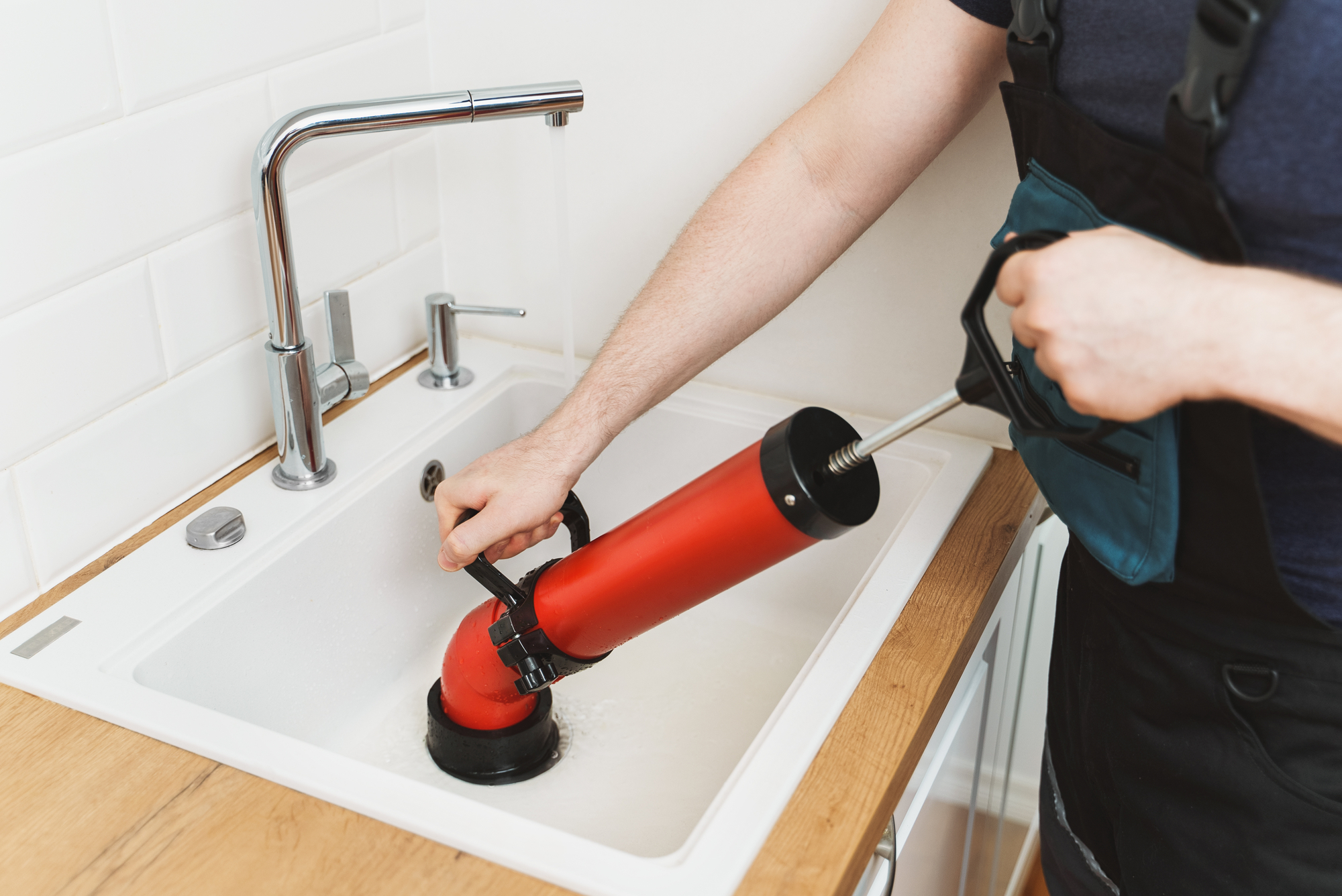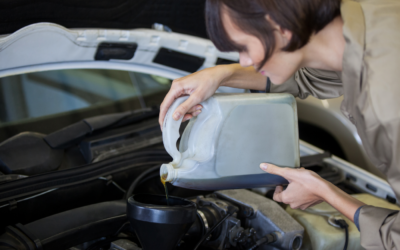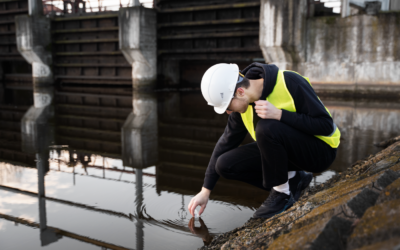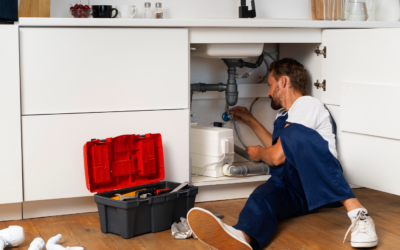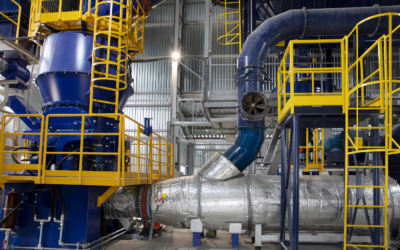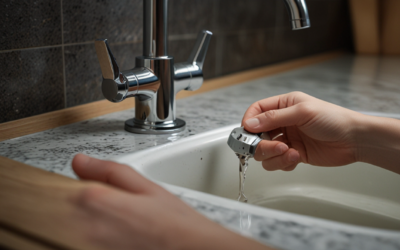Winter season is usually beautiful and magical, but it can also cause damage and inconvenience to our homes. One of the most common problems during winter is frozen pipes. Frozen pipes can burst and cause water damage, so it should be dealt with immediately. Here are some expert tips on how to deal with frozen pipes in winter.
1. Turn off the Main Water Supply
The first thing you should do when you realize that your pipes are frozen is to turn off the main water supply valve. This will prevent the water from flowing and causing more damage when the pipes break. The valve is usually located in the basement or the utility room. Make sure that everyone in the house knows where the valve is located.
2. Open the Faucets
Next, you should open the faucets connected to the frozen pipes both hot and cold. This will relieve the pressure in the pipes and give the water somewhere to flow when it begins to thaw. Leave the faucets open so that the flowing water can help to melt the ice inside the pipes.
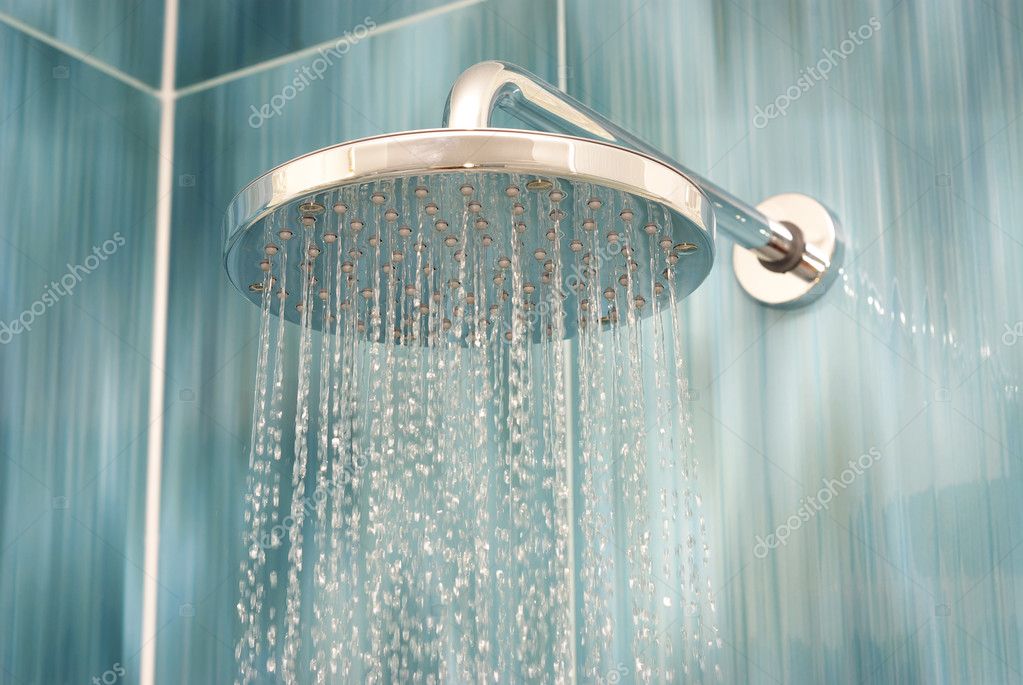
3. Apply Heat to the Pipes
You can apply heat to the frozen pipes using a variety of methods. If you have a hairdryer, you can use it on the high setting to blow hot air directly on the frozen section of the pipe. A heating pad or a hot towel wrapped around the pipe can also work. In extreme cases, you may need to use a propane torch to melt the ice.
4. Use Hot Water to Thaw Pipes
Try to pour hot water on the affected area. This is a less risky option than using a torch and can help thaw the ice clogging the pipe. You can start with warm water and gradually increase the temperature.
5. Turn up the Heat
Turning up the heat in your home can help to warm up the pipes and melt the ice. If you have a space heater, place it near the frozen pipe, and direct the heat towards the area.
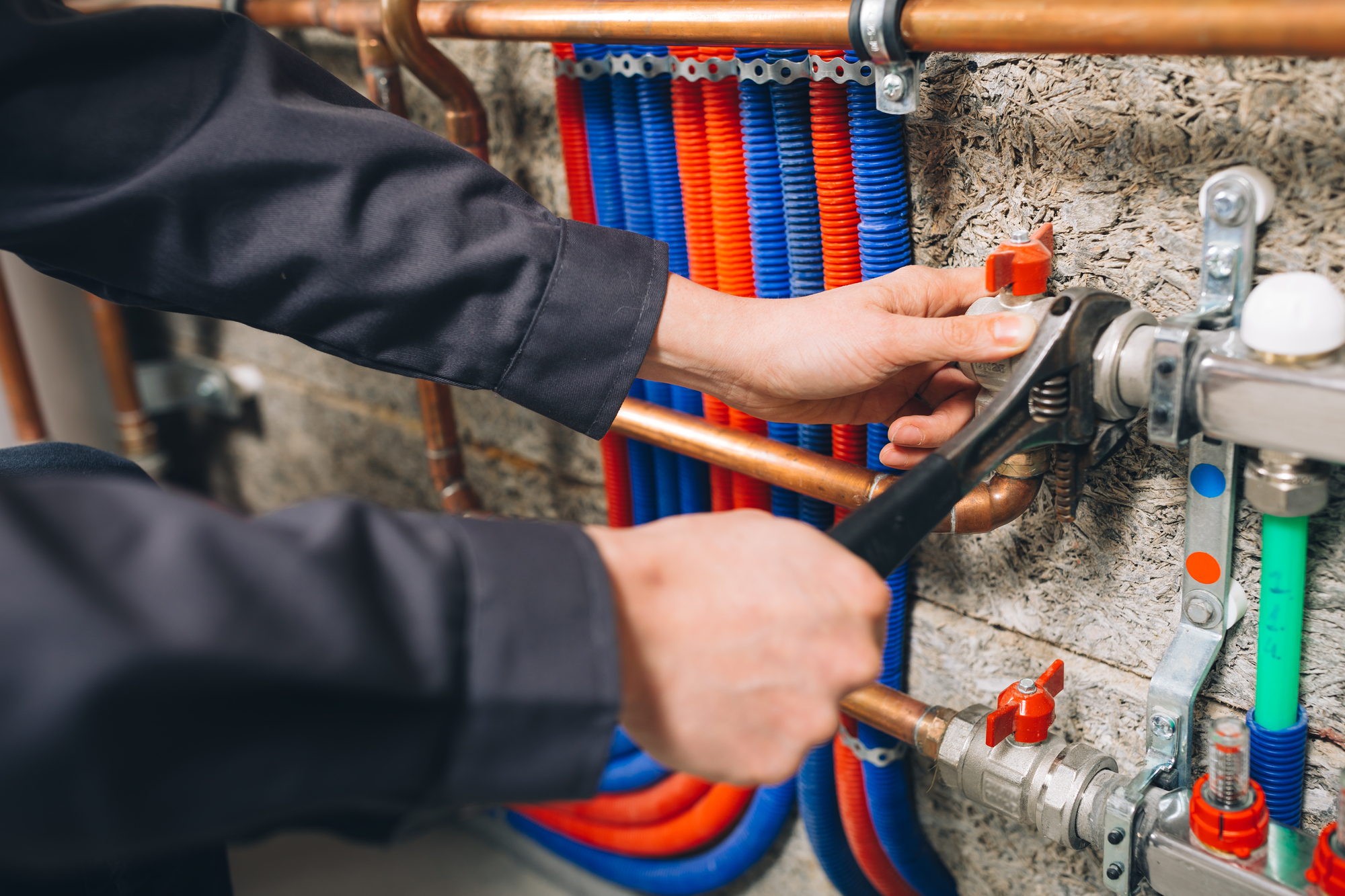
6. Make Sure the Pipes Are Running Again
Once the ice has thawed, make sure that the pipes are running as usual. Turn off all the faucets and turn the main water supply back on. Check the pipes to make sure there are no leaks and that they are functioning correctly.
7. Call a Professional Plumber
If you’re unsure about dealing with frozen pipes, it’s best to call a licensed and experienced plumber. A plumber will have the proper tools and equipment to diagnose and repair any damage. They can also give you advice on how to prevent frozen pipes from happening in the future.
Prevention is key when it comes to frozen pipes, so here are some tips to prevent them from happening in the first place:
1. Insulate Pipes
Pipes that are located in unheated areas such as the attic, garage, and crawl space, should be insulated to protect them from the cold weather. You can use heat tape or foam insulation to do this. It’s important to seal any gaps where cold air could enter.
2. Keep Your Home Warm
Keeping your home warm during the winter months can prevent pipes from freezing. You can do this by setting the thermostat to at least 55°F, even when no one is in your home. Open the cabinet doors under sinks to allow warm air into the space where pipes are located.
3. Let the Faucet Drip
Allowing the faucet to drip slightly can relieve pressure in the pipes and prevent them from freezing. Moving water is less likely to freeze than still water.
In conclusion, frozen pipes in winter can cause severe damage to your home. The moment you notice frozen pipes, turn off the main water supply, open the faucets, apply heat to the pipes, use hot water to thaw the pipe, turn up the heat, and make sure the pipes are running again. Remember to prevent frozen pipes by insulating your pipes, keeping your home warm, and letting the faucet drip. When in doubt, call a professional plumber to help you deal with the problem. If you need plumbing services, visit our website aceplumbingrepair.com or call us at (844) 711-1590.

